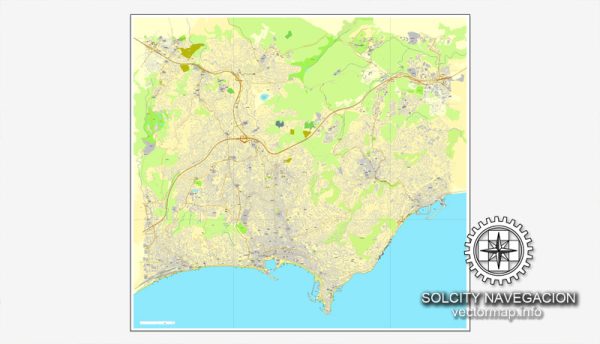Cannes, a picturesque city located on the French Riviera in the Alpes-Maritimes department in southeastern France, has a rich and varied history that dates back over two millennia. Here is a brief overview of the history and description of Cannes:
- Ancient Origins: The history of Cannes begins with its roots as a small fishing village inhabited by the Ligurian people. The city’s name is derived from the Latin “canua” (meaning reed) due to the reeds that once grew along the coastline.
- Roman and Medieval Period: In antiquity, Cannes was influenced by the Roman Empire and was a part of the Roman road network. During the Middle Ages, Cannes was part of the feudal domain of the monks of the Lérins Islands, located just off the coast. The town gradually developed, and the castle of Cannes was built to protect the area from pirate raids.
- Modern Era: Cannes gained importance in the 19th century when it became a popular destination for the British aristocracy. The development of the railway and the construction of the Promenade de la Croisette in the 1850s further boosted the city’s appeal. It evolved into a fashionable resort town.
- The Film Festival: Cannes is internationally renowned for the Cannes Film Festival, which was established in 1946. This festival is one of the most prestigious and glamorous events in the global film industry and has contributed significantly to the city’s fame.
- Tourism: Today, Cannes is a glamorous and bustling city, known for its beautiful beaches, luxurious hotels, high-end shopping, and vibrant nightlife. It continues to attract tourists, especially during the summer months.
- Culture and Arts: Apart from the film festival, Cannes has a vibrant cultural scene. The city boasts several museums and art galleries, including the Musée de la Castre and the Centre d’art La Malmaison. These institutions showcase a range of art and historical artifacts.
- Architectural Highlights: Cannes is known for its distinctive architecture, which includes a mix of Belle Époque and Art Deco buildings. The cityscape is dominated by luxury hotels like the InterContinental Carlton Cannes and iconic landmarks like the Palais des Festivals et des Congrès.
- Islands: The nearby Lérins Islands, particularly Sainte-Marguerite and Saint-Honorat, are historically significant and offer picturesque natural beauty. They also house old monasteries and historical sites.
Cannes has evolved from a small fishing village to a glamorous international destination, famous for its film festival, stunning beaches, and luxurious lifestyle. Its rich history, combined with its modern cultural and economic significance, makes it a unique and appealing city on the French Riviera.



 Author: Kirill Shrayber, Ph.D.
Author: Kirill Shrayber, Ph.D.